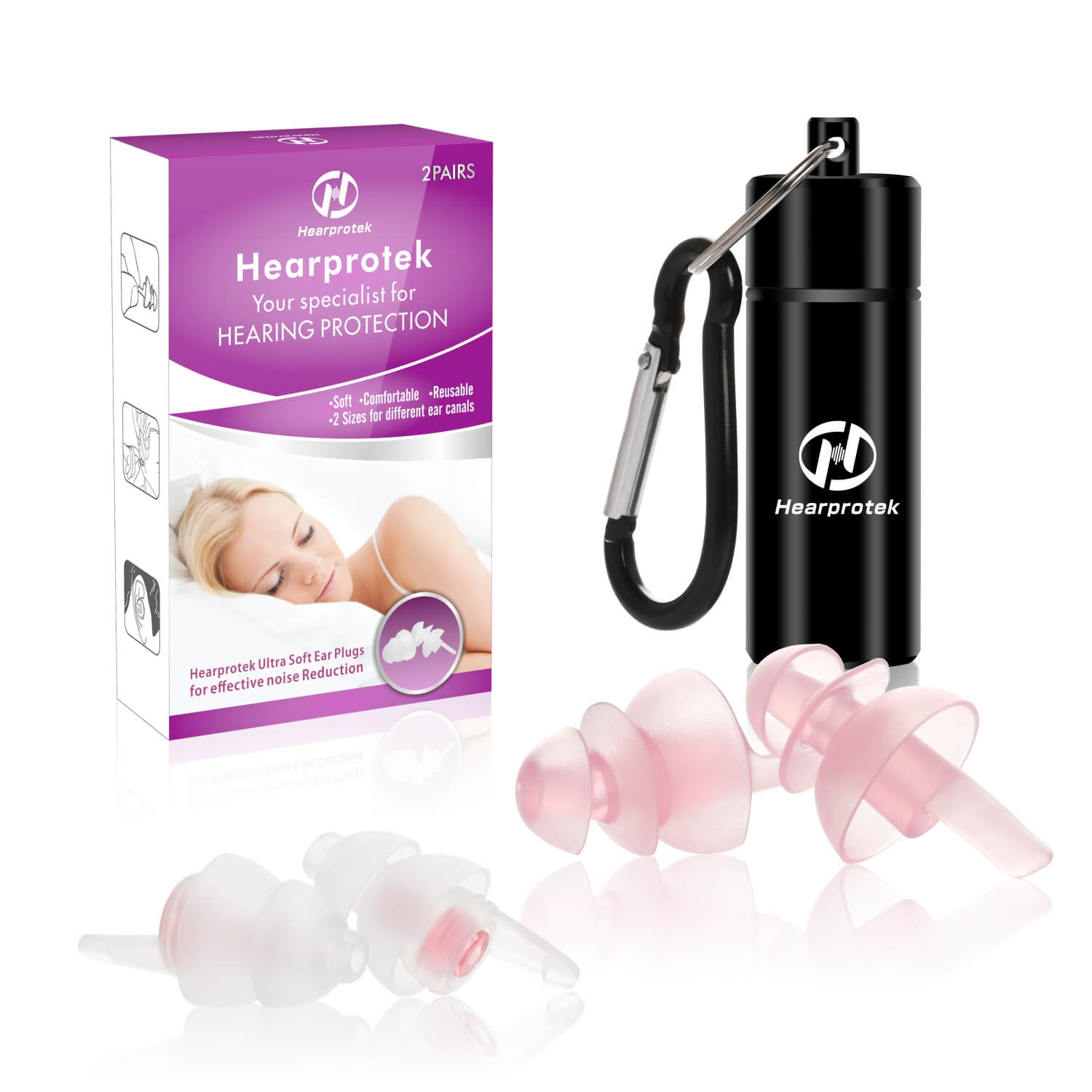When it comes to protecting our ears from loud noises or getting a good night's sleep, ear plugs are a popular choice. However, with so many options available, it can be overwhelming to decide between silicone and foam ear plugs. In this article, we will explore the pros and cons of each type to help you make an informed decision.
The Battle of Comfort: Silicone vs. Foam Ear Plugs
Comfort is a crucial factor when choosing ear plugs, as they need to be worn for extended periods. Silicone ear plugs are known for their soft and pliable texture, which allows them to conform to the shape of your ear canal. This makes them comfortable to wear, even for those with sensitive ears. On the other hand, foam ear plugs are made from a spongy material that expands to fit the ear canal. While they provide a snug fit, some people may find them less comfortable, especially if worn for long durations.
However, it's important to note that comfort can vary from person to person. Some individuals may prefer the cushion-like feel of foam ear plugs, while others may find the flexibility of silicone ear plugs more appealing. It's a matter of personal preference and finding the right fit for your ears.
Effectiveness: Noise Reduction and Sound Quality
When it comes to noise reduction, both silicone and foam ear plugs are effective in blocking out unwanted sounds. However, foam ear plugs have an edge in this department. The dense material of foam ear plugs provides a higher noise reduction rating (NRR) compared to silicone ear plugs. This makes foam ear plugs ideal for environments with extremely loud noises, such as concerts or construction sites.
On the other hand, silicone ear plugs offer a more balanced approach. While they may not provide the same level of noise reduction as foam ear plugs, they still offer significant protection without completely blocking out all sounds. This can be beneficial in situations where you need to be aware of your surroundings, such as when sleeping in a new environment or while traveling.
Durability and Reusability
When it comes to durability, silicone ear plugs have the upper hand. They are made from a durable material that can withstand repeated use without losing their shape or effectiveness. Silicone ear plugs can be easily cleaned and reused, making them a cost-effective option in the long run.
On the other hand, foam ear plugs are generally designed for single-use. They can lose their shape and effectiveness after a few uses, requiring frequent replacements. This can be a drawback for those looking for a more sustainable and economical option.
Conclusion: Finding the Perfect Fit
Ultimately, the choice between silicone and foam ear plugs depends on your specific needs and preferences. If comfort is your top priority, silicone ear plugs may be the better option. They offer a soft and flexible fit that conforms to your ear canal. On the other hand, if you require maximum noise reduction, foam ear plugs are the way to go.
Remember, it's essential to try out different types of ear plugs to find the perfect fit for your ears. Everyone's ears are unique, and what works for one person may not work for another. Experiment with different materials and styles to determine which type of ear plug provides the best combination of comfort, noise reduction, and durability for you.
So, whether you choose silicone or foam ear plugs, the most important thing is to protect your hearing and ensure a good night's sleep. Invest in a high-quality pair of ear plugs, and you'll be able to enjoy peace and quiet whenever you need it.
